Want to improve muscle tone and wondering, is Pilates once a week enough? Top coaches share their verdict
Plus, a look at what the research says.
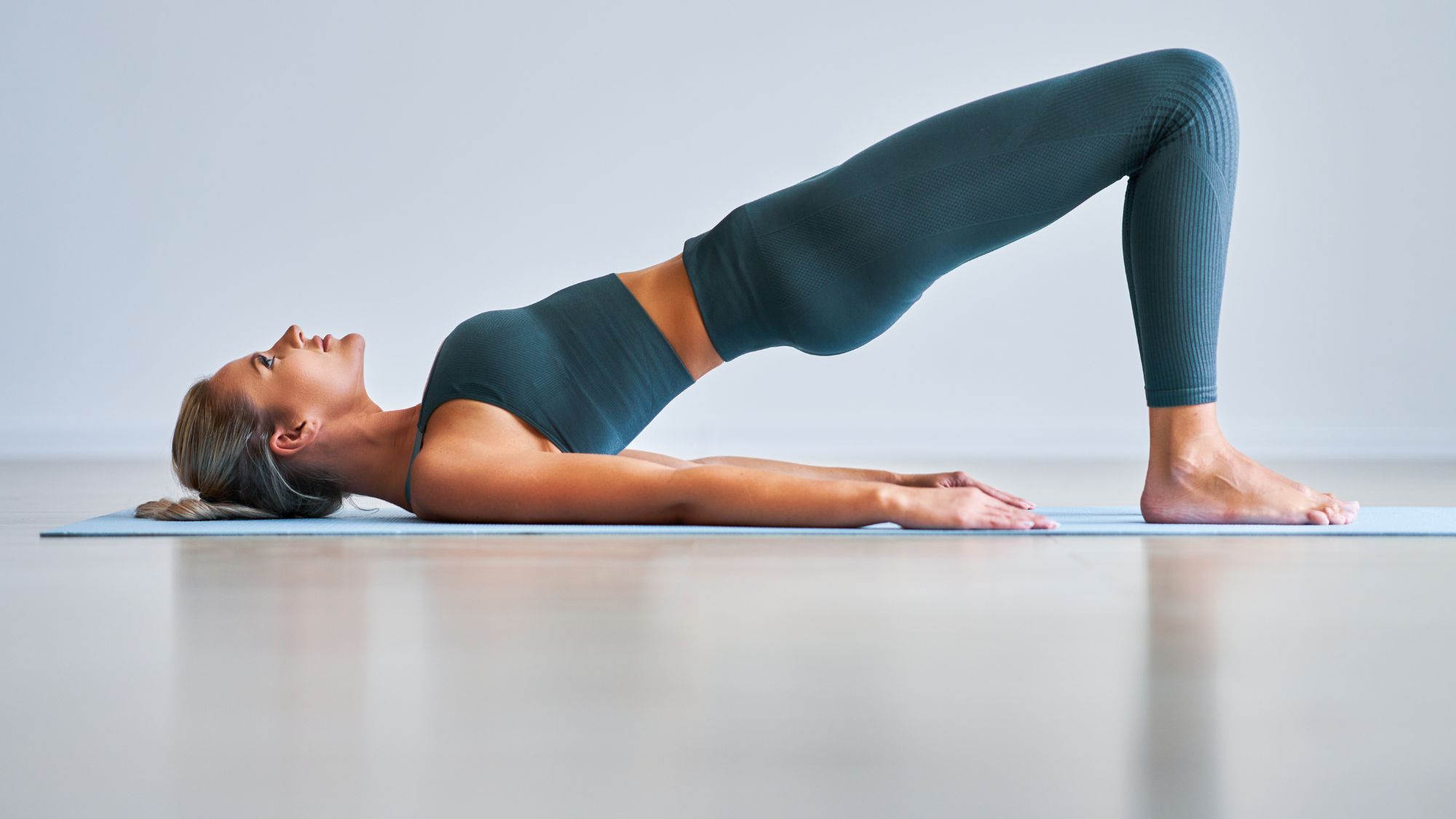

It comes as no surprise to hear that Pilates is set to continue doing the rounds on the wellness stage in 2024. But is Pilates once a week enough? Or is it worth working this low-impact form of fitness into your workout routine more often?
The latest stats, released by Pure Gym, show that Pilates - the much-loved mind-body exercise that builds strength, balance and flexibility - claims three of the top 20 fitness trends for 2024, with the likes of wall Pilates, mat Pilates and Reformer Pilates rising in stardom (and searches). And if you ask us, it makes sense. The benefits of Pilates know no bounds. Along with relieving stress, boosting your mood and conditioning your whole body, Pilates for back pain is a powerful tool and it promises to improve your posture, too. Better yet, you don’t even need to sweat it out for hours upon end to see results.
Maybe you’re new to Pilates (and if so, welcome!) or you have returned to the workout after a few months or a couple of years off. Either way, if you’re looking for guidance on where to pick up from and how to up the Pilates ante while staying injury-free, then stick with us. We spoke to experts to find out how often you should practise Pilates workouts if you’re a newbie, an intermediate or you just want to maintain your current fitness level. Plus, we took a look at the science to uncover whether or not performing Pilates once a week is enough to reap the rewards.
You might also be interested in discovering what is Pilates, the best Pilates exercises, and reading our guide to Pilates for beginners, while you’re here.
Is Pilates once a week enough? Your in-depth guide
How often should I be practising Pilates?
In answer to this question, no one size fits all. How often you should practise Pilates is totally dependent on your fitness goals, current fitness level, lifestyle and of course, what type of Pilates you are doing, as a Reformer Pilates class is bound to be more challenging than a Pilates for beginners session on the mat.
Generally speaking, if you’re new to Pilates in good health and wondering where to start, Pilates expert Jessie Blum and founder of Heartcore suggests introducing two mat sessions a week to explore and truly understand the principles of the art form.
She says: "Some of the biggest discoveries people make on their Pilates journey is the need to slow things down to make them more effective, to learn how to breathe deeply and how to move mindfully through their available range of motion, in joints and muscles,” she explains. “You’ll feel muscles working you never knew you had. With enough rest days between sessions, your body can recover and you can build lasting strength in a sensible way.”
Marie Claire Newsletter
Celebrity news, beauty, fashion advice, and fascinating features, delivered straight to your inbox!
If you're looking to improve your fitness, Gemma Folkard, founder of Shape Pilates, recommends aiming for two to three classes a week. “[This] should up your strength, flexibility and mobility after a few months,” she shares.
Interested in maintaining your current fitness levels? Then go for it. Whether this is one hour-long session a week or three 20-minute flows alongside your other workouts. Just make sure you are listening to your body, have a strong workout recovery plan in place, with adequate rest days, and are acing your form with proper guidance from a qualified teacher. However Folkard does stress that doing the above won’t just maintain your current fitness level — it will exceed it.
@kic ♬ Aesthetic - Tollan Kim
Is Pilates once a week enough?
If you're in good health and this is the only form of fitness you are doing during the week, then probably not. But let us explain why…
In the UK, according to the NHS Physical Activity Guidelines, adults aged between 19 to 64 should be ticking off either 75 minutes of vigorous intensity activity a week or 150 minutes of moderate intensity activity, instead. The guidelines recommend that on at least two days, strengthening activities should be completed, ensuring that all the major muscle groups have been trained.
Now you might be thinking: ‘Is Pilates strength training?’ and technically speaking - it is. Of course, Pilates won’t facilitate the same strength gains you’d experience while lifting heavy weights. But it certainly ticks off the resistance training box in this category.
Plus, to really see and feel the benefits of Pilates, a study published in The Journal of Bodywork and Movement Therapies and a later 2023 article suggests you’ll need to complete anywhere between two to three one-hour sessions a week for 12 weeks to really boost abdominal strength, endurance and better your hip and shoulder joint mobility.
But of course, this will depend on your current fitness level and health. So, while a session of Pilates a week can certainly count towards your physical activity quota (and you’ll feel all the better for doing so) — if possible, it shouldn’t be the only form of fitness you do within the seven days of the week.
The good news is that once you’ve learned the core Pilates principles, this should help you practise safely with weights as you carry over the emphasis on form, control and precision. But if you’re a novice, consider reading our guide to strength training for beginners.
How to practise Pilates more than once a week — top tips
As the old saying goes: practise makes perfect and the same can be said when it comes to Pilates.
If you’re in good health and keen to try Pilates more than once a week, but worried about doing yourself a mischief, Blum has some comforting words of wisdom: “By nature, Pilates is low impact and designed to strengthen the body in a mindful way and support rehabilitation.” Which means? “It’s highly unlikely to get injured by taking more than one Pilates class per week,” she explains. Phew!
So to help you take your Pilates practice up a notch (and avoid injury while doing so), here’s what our experts had to say:
1. Firstly, choose the right level
“Begin with a session that suits your level and a teacher that you click with,” Folkard says. “Pilates has been used for years as a rehabilitation method so as long as your teacher is thorough, and you’re choosing a level appropriate for your body, you should be able to do as many classes as you want.”
By doing so, this is more likely to encourage consistency, which enables you to feel the benefits quicker. “Sometimes these are subtle – injuries and niggles reduce or disappear, you have more energy, sleep better and you feel stronger in everyday functional movements,” Folkard adds. “Pilates makes you better at everything, whether it’s other forms of exercise, daily movement and yes, even sex!”.
2. Now pick the right type of Pilates
There's a long list of different Pilates types to try. From hot Pilates to the much-loved Reformer Pilates classes. But in Folkard’s opinion, mat-based Pilates is great for beginners. But why so? “The fact that you only need a mat makes it really accessible,” she says. “Plus, it’s a pure form of movement. Controlling your body in space with nothing to push and pull against is a great way of encouraging the Pilates mind/body connection, and finding strength in functional movements. It might also show up any disparities in your body, and give you clues as to what you need to work on.”
@amandablauerpilates ♬ It Goes Like Nanana x Makeba by L BEATS - DJ L BEATS
3. Next up, consider increasing your intensity
When you start, you might find that 20 minutes of Pilates is just about right for you. But then, as the weeks roll on, it can be a good idea to up the intensity. As Folkard puts it: “The number of classes is irrelevant, it’s the intensity, length and quality of movement that counts.”
4. It's time to add in some props
Once you’ve learned the basics and perfected your form with the help of a qualified teacher, you might be thinking: what’s next? “Potentially, adding in small props like the Pilates ring or ball could help level up the challenge,” Folkard says.
5. Train with a pro
“If in doubt, and you have the budget, get a few private sessions with a qualified teacher (on or offline) to learn the fundamentals,” Folkard suggests. “Pilates is a practice for life,” she adds. “It’s worth investing in it.”
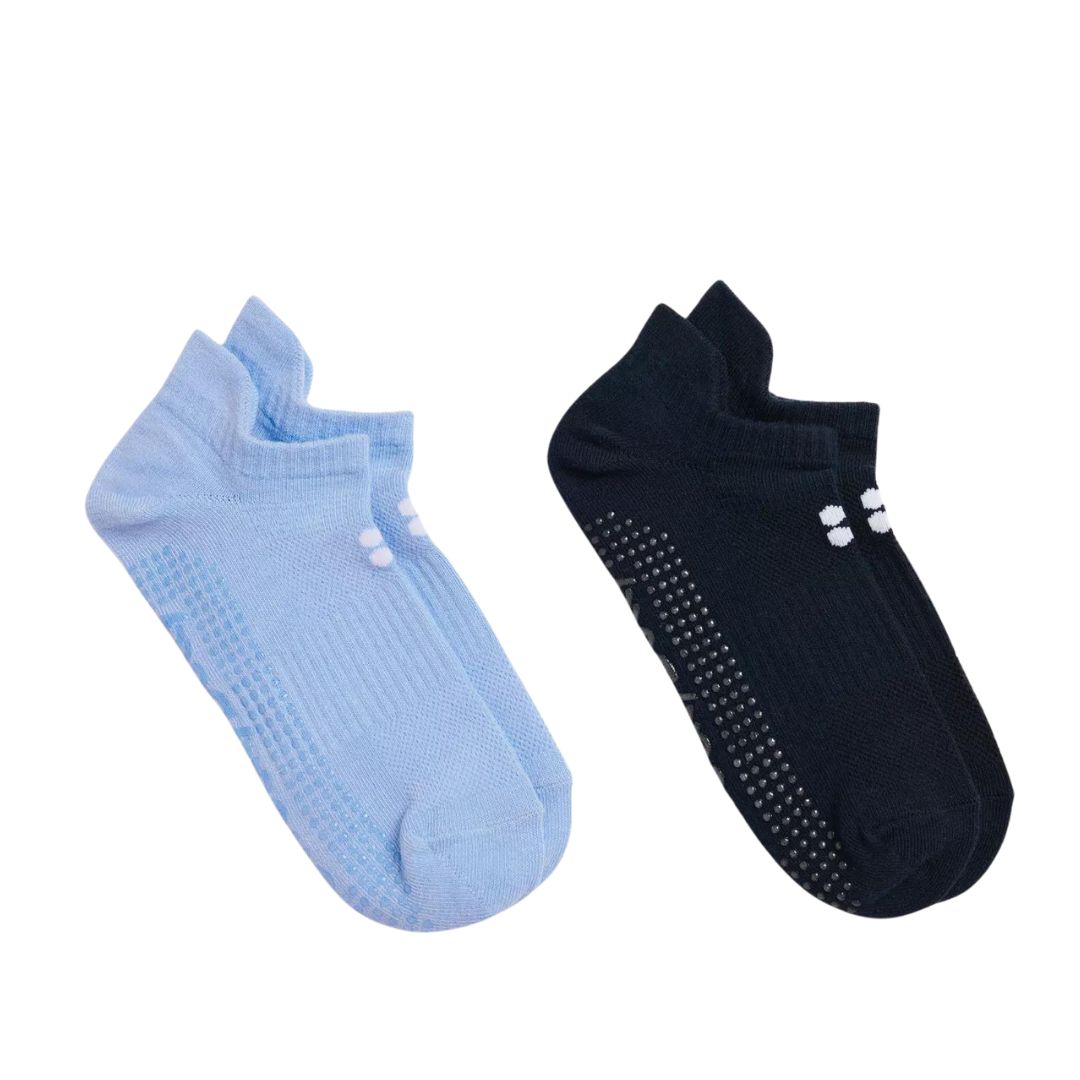
Pilates socks promise not only to help you improve your grip on the mat or Reformer machine, but also perfect your form and injury-proof your body. We love these bright and beautiful options from Sweaty Betty.
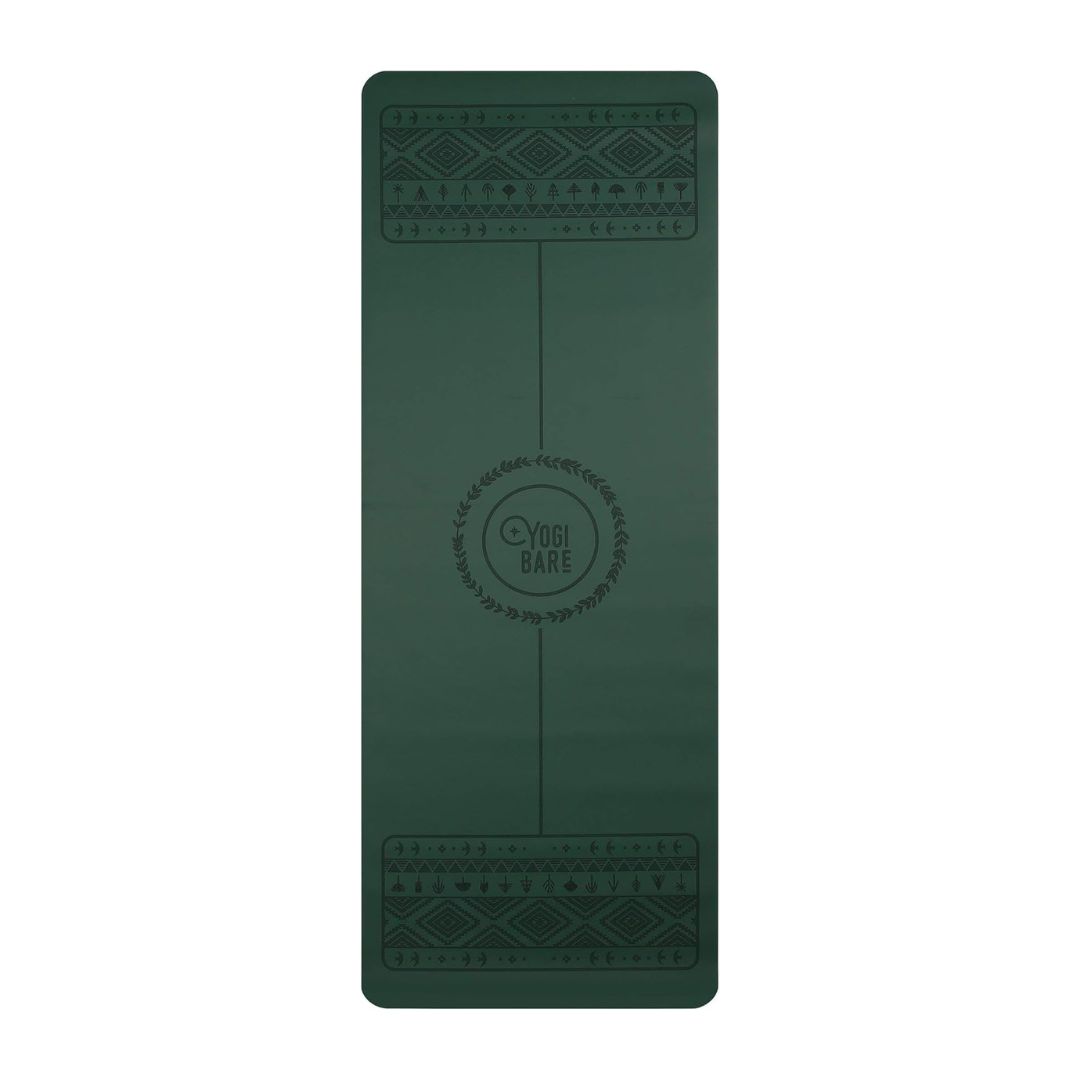
One of the best yoga mats out there, this Yogi Bare Pawsmat promises to make your home workouts, whatever way you might choose to move, cushioned and comfortable. Designed from all-natural rubber sourced from sustainable forest, it's sustainable, too.
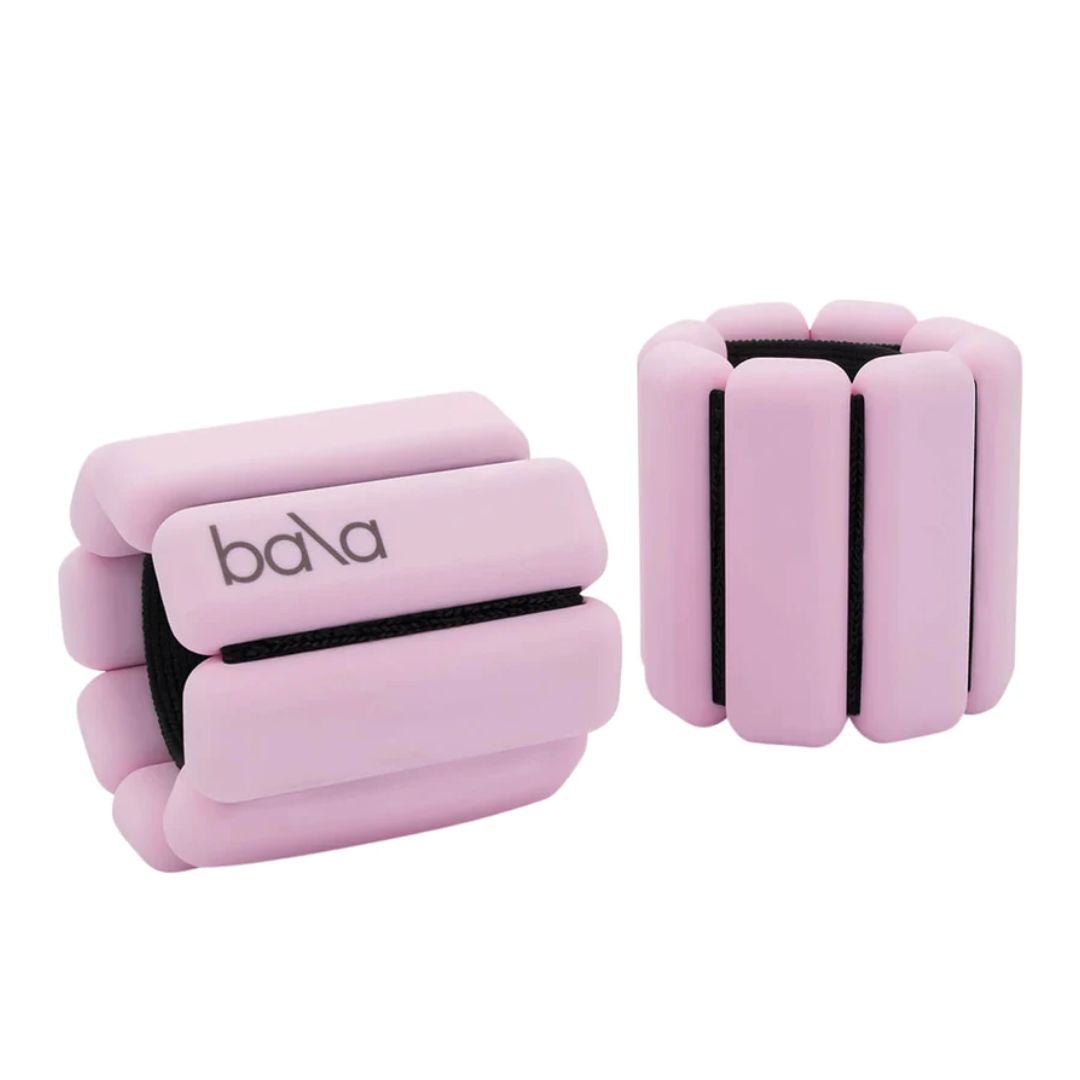
Last but by no means least, MC UK are big fans of the viral Bala Bangles - and for good reason. Though deceptively light, they add serious spice to any home Barre or Pilates session. Read one staffer's full Bala Bangles review here.
Is Pilates and walking enough exercise for the average adult?
It certainly can be, but the duration of your exercise, intensity and type of workout all have a part to play. As detailed in the NHS Physical Activity Guidelines, those aged 19 to 64 should be hitting at least 150 minutes of moderate intensity activity a week or 75 minutes of vigorous intensity activity instead. And within that weekly quota, it’s highlighted that strengthening activities, like strength training, that work all the major muscle groups, like your legs, hips, back, abdomen, chest, shoulders and arms, are ticked off on at least two days a week.
Which means? “Pilates and walking can definitely be the framework to your movement routine,” Gemma Folkard, founder of Shape Pilates, explains. But this isn’t the only activity you do. “The real work is integrating exercise throughout your day,” the expert shares. “Walking to the supermarket and ditching the online delivery, taking the stairs, or using your lunch break to go on a brisk walk.
“In addition to this, and especially if you’re over 40, it’s optimal to layer in some strength training using weights,” Folkard adds. “This will help to improve metabolism, maintain bone density and maintain healthy muscle mass and connective tissues.”

Rebecca, or Becks, is a freelance journalist with more than ten years of experience in the industry. She specialises in all things health and lifestyle and has written for a number of brands including Women's Health, Stylist, the Evening Standard, Good Housekeeping, The Telegraph, Live Science, Tom's Guide and Fit&Well. Becks also writes copy for a number of brands and small businesses.
When she's not weight training, tracking down the best gym leggings, reading a book or at her desk typing away, you'll find her in the kitchen perfecting a new recipe or bake.
-
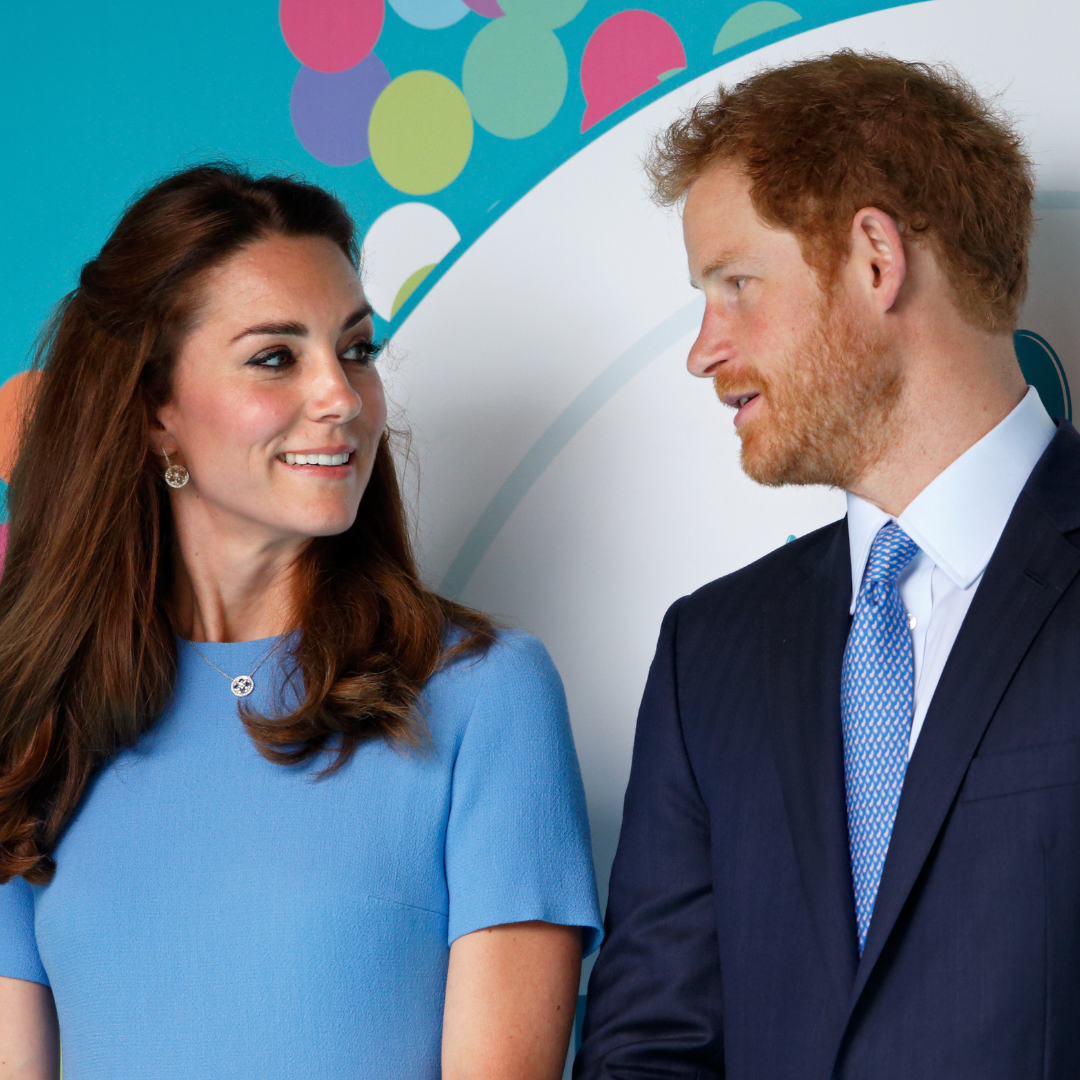 Prince Harry reportedly extended an 'olive branch' to Kate and William on latest UK trip
Prince Harry reportedly extended an 'olive branch' to Kate and William on latest UK tripBig if true
By Iris Goldsztajn
-
 How Prime Video is protecting Blake Lively amid her new movie promo
How Prime Video is protecting Blake Lively amid her new movie promoAn understandable move
By Iris Goldsztajn
-
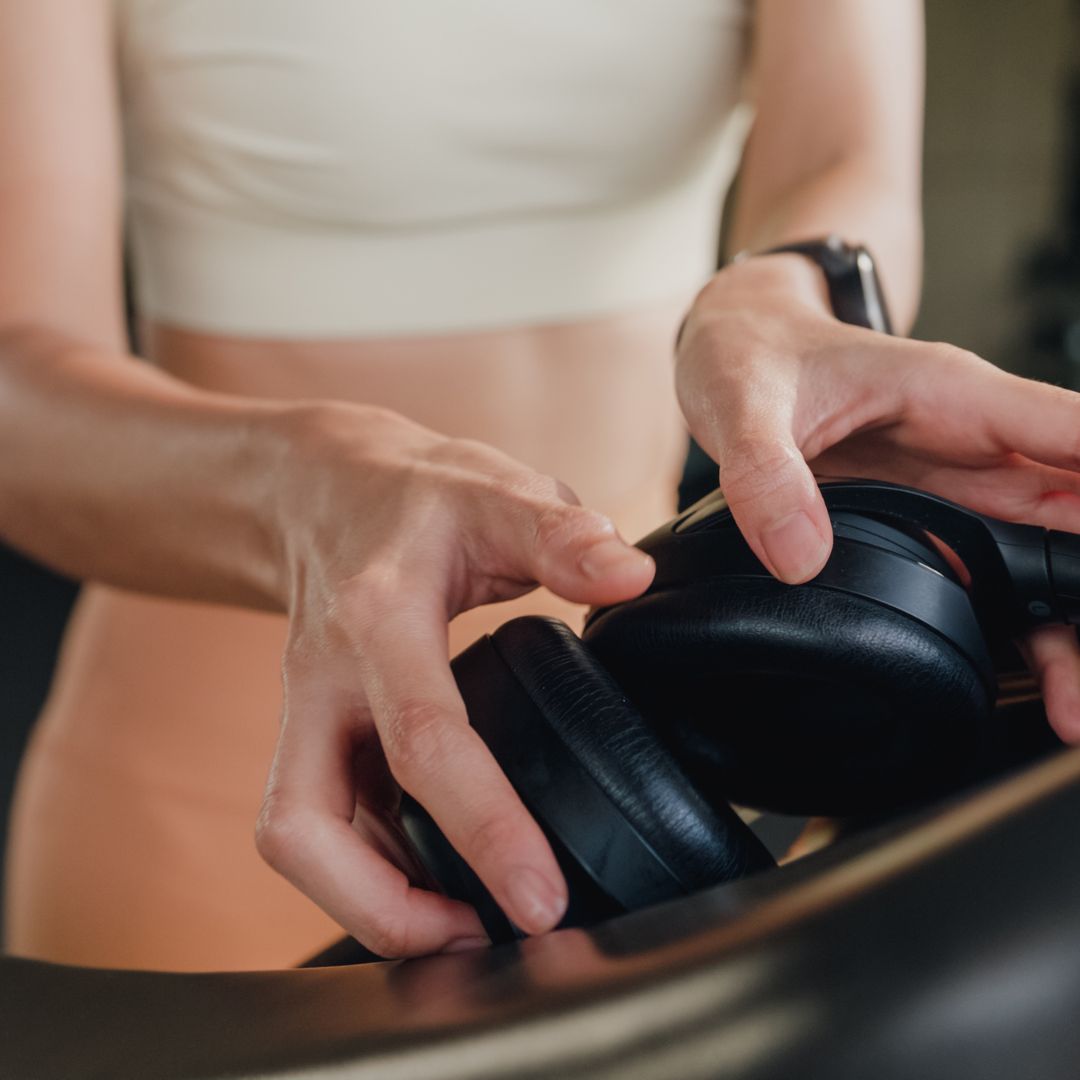 It's the must-have bit of fit kit of the year - a fitness expert shares their top 5 tips for choosing a walking pad
It's the must-have bit of fit kit of the year - a fitness expert shares their top 5 tips for choosing a walking padThis year's fitness must-buy.
By Katie Sims
-
 It's the must-have bit of fit kit of the year - a fitness expert shares their 5 top tips for choosing a walking pad
It's the must-have bit of fit kit of the year - a fitness expert shares their 5 top tips for choosing a walking padThis year's fitness must-buy.
By Katie Sims
-
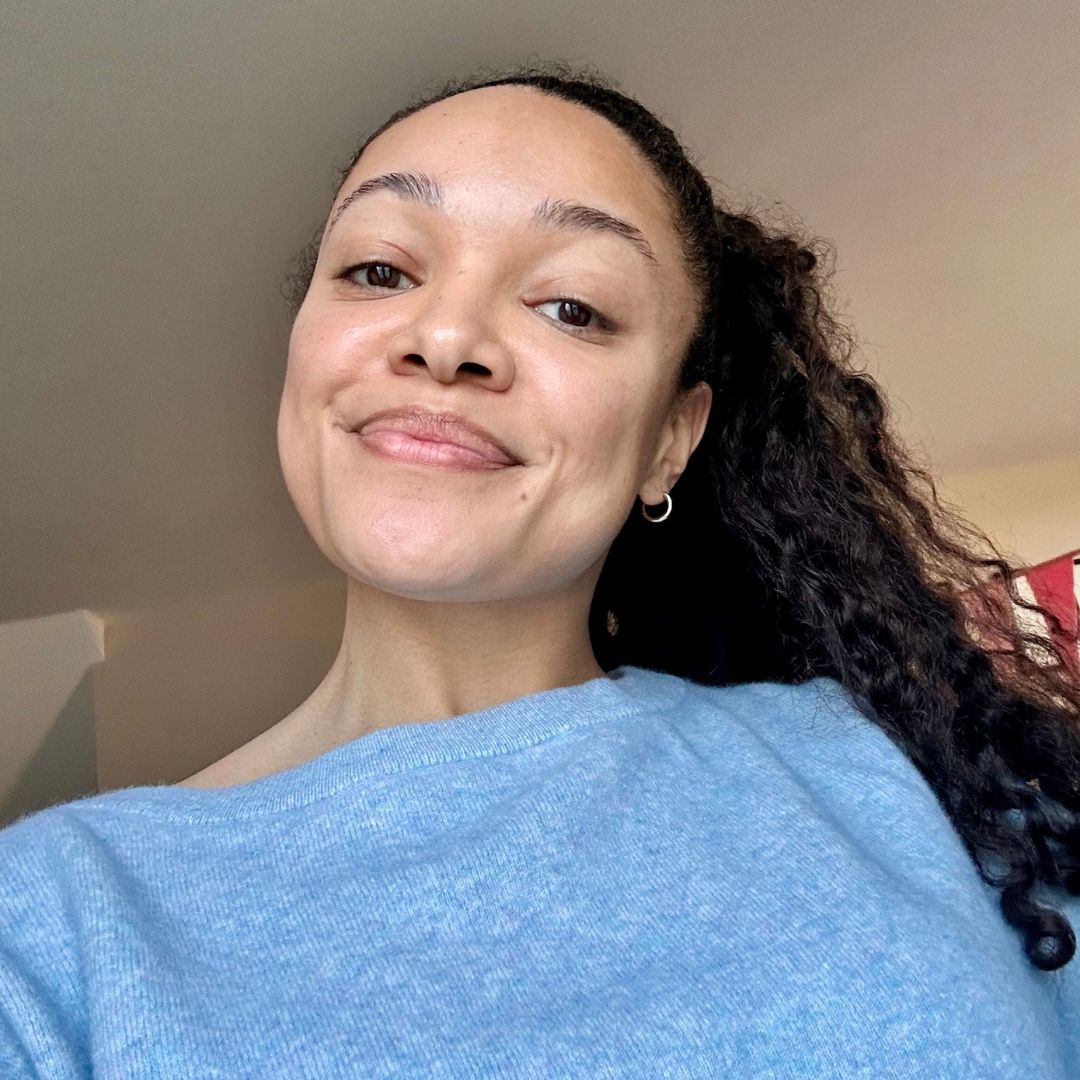 I tried Pilates roll-downs every day for a week - and was amazed at how quickly it eased years of stiffness
I tried Pilates roll-downs every day for a week - and was amazed at how quickly it eased years of stiffnessConsider my spine more mobile than before.
By Rebecca Shepherd
-
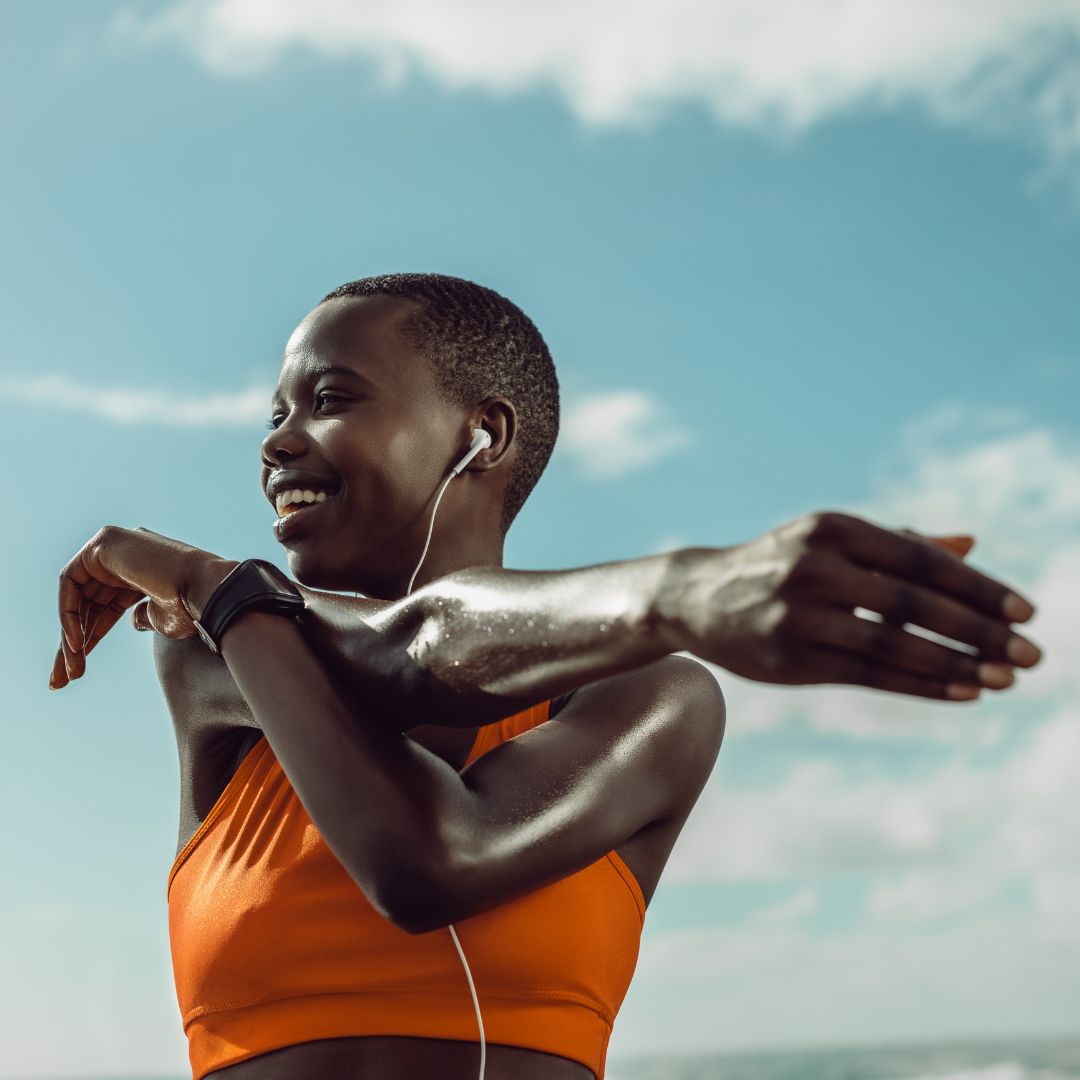 Spring has finally sprung - 6 best outdoor workouts that are totally free and boost both body and mind
Spring has finally sprung - 6 best outdoor workouts that are totally free and boost both body and mindSoak in the nature and boost Vitamin D *and* endorphins.
By Anna Bartter
-
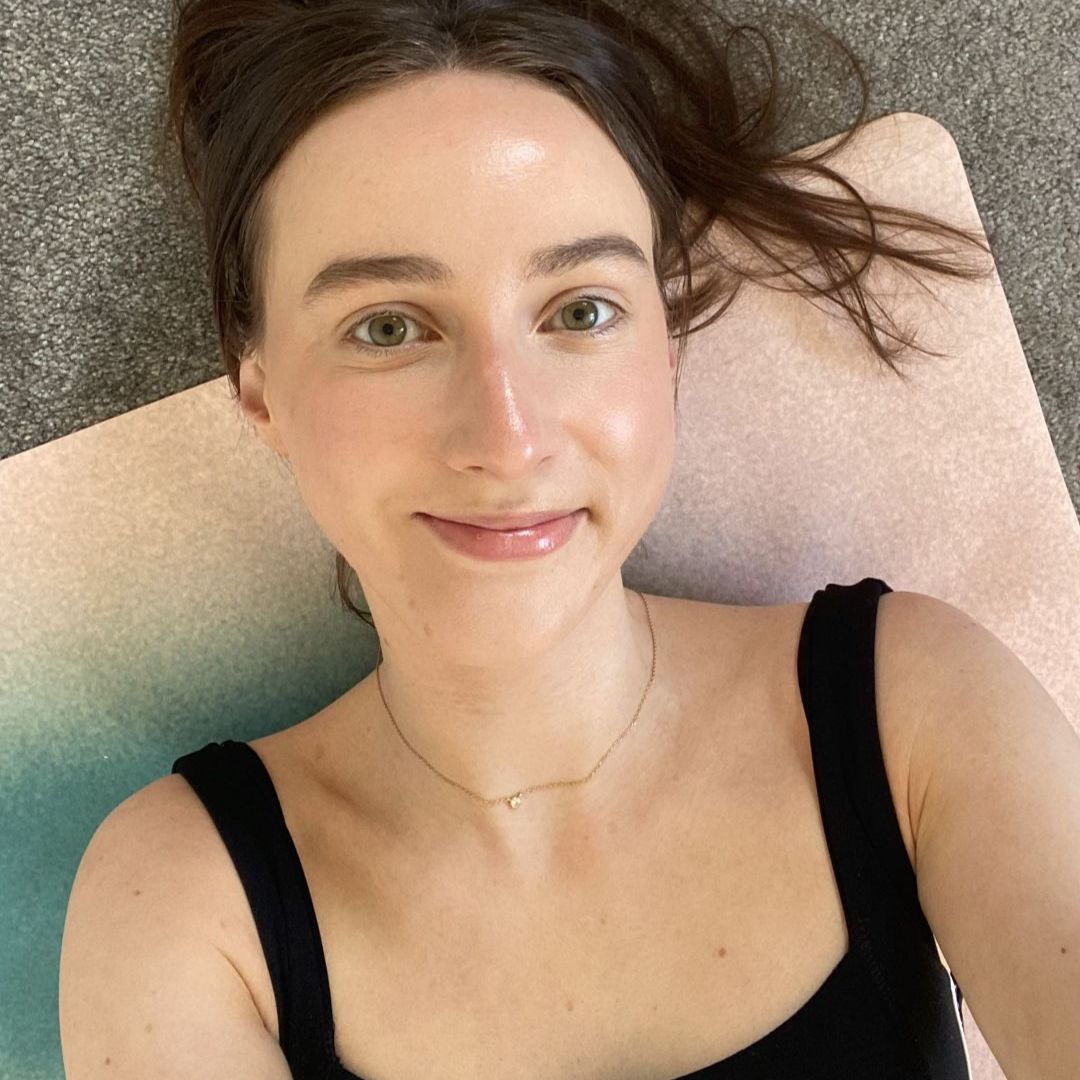 I tried Pilates scissors, the raved-about Pilates move - and think it's the best combination of stretching and strengthening ever
I tried Pilates scissors, the raved-about Pilates move - and think it's the best combination of stretching and strengthening everTrust me, this one's worth trying.
By Katie Sims
-
 Power walking is the latest trending workout - and it promises to supercharge your health in the simplest way
Power walking is the latest trending workout - and it promises to supercharge your health in the simplest wayKeen to find out more? Step this way...
By Rebecca Shepherd
-
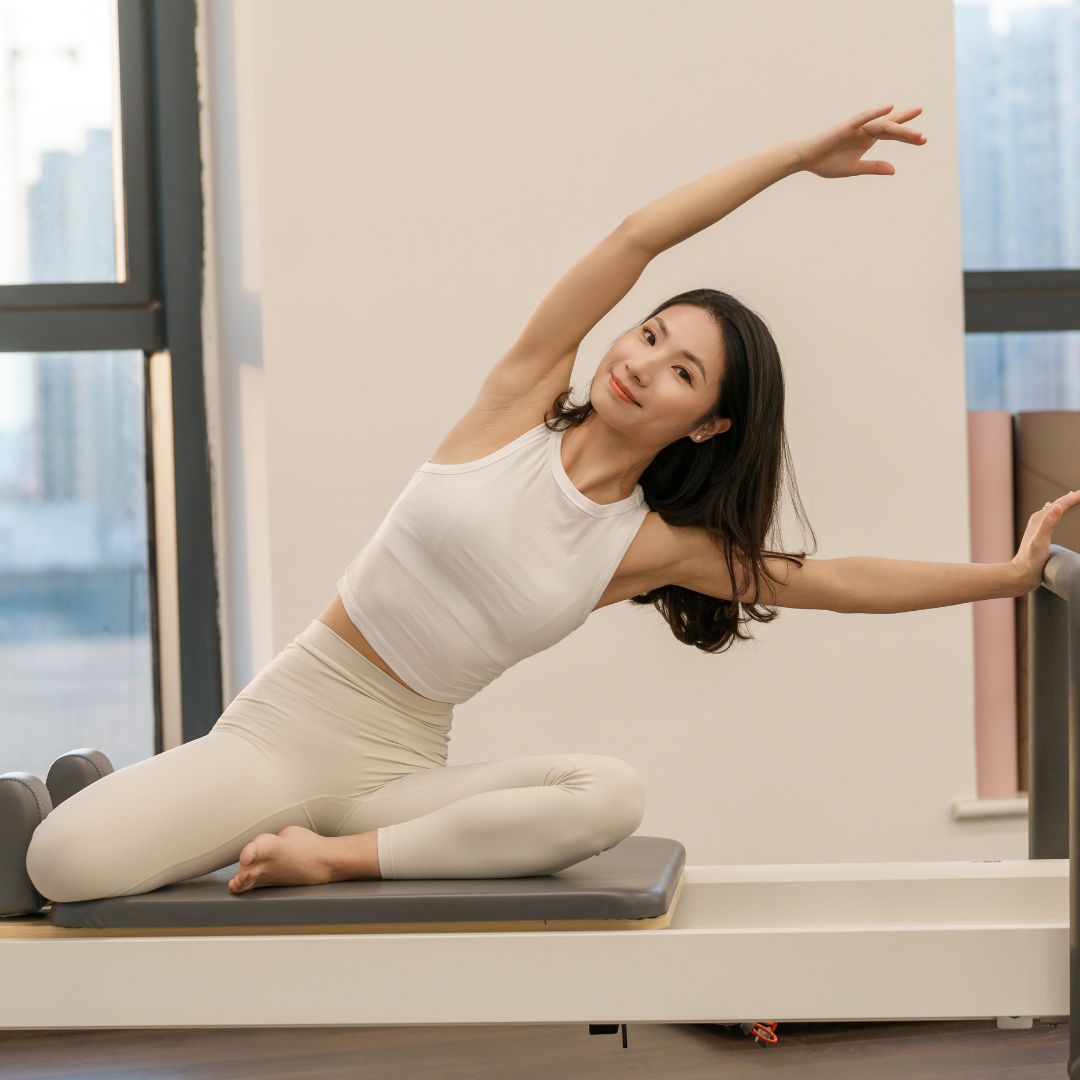 Eager to build a strong, stable core from home? 7 advanced Pilates core exercises that coaches do themselves
Eager to build a strong, stable core from home? 7 advanced Pilates core exercises that coaches do themselvesStability, strength *and* control? It's a yes from us.
By Anna Bartter
-
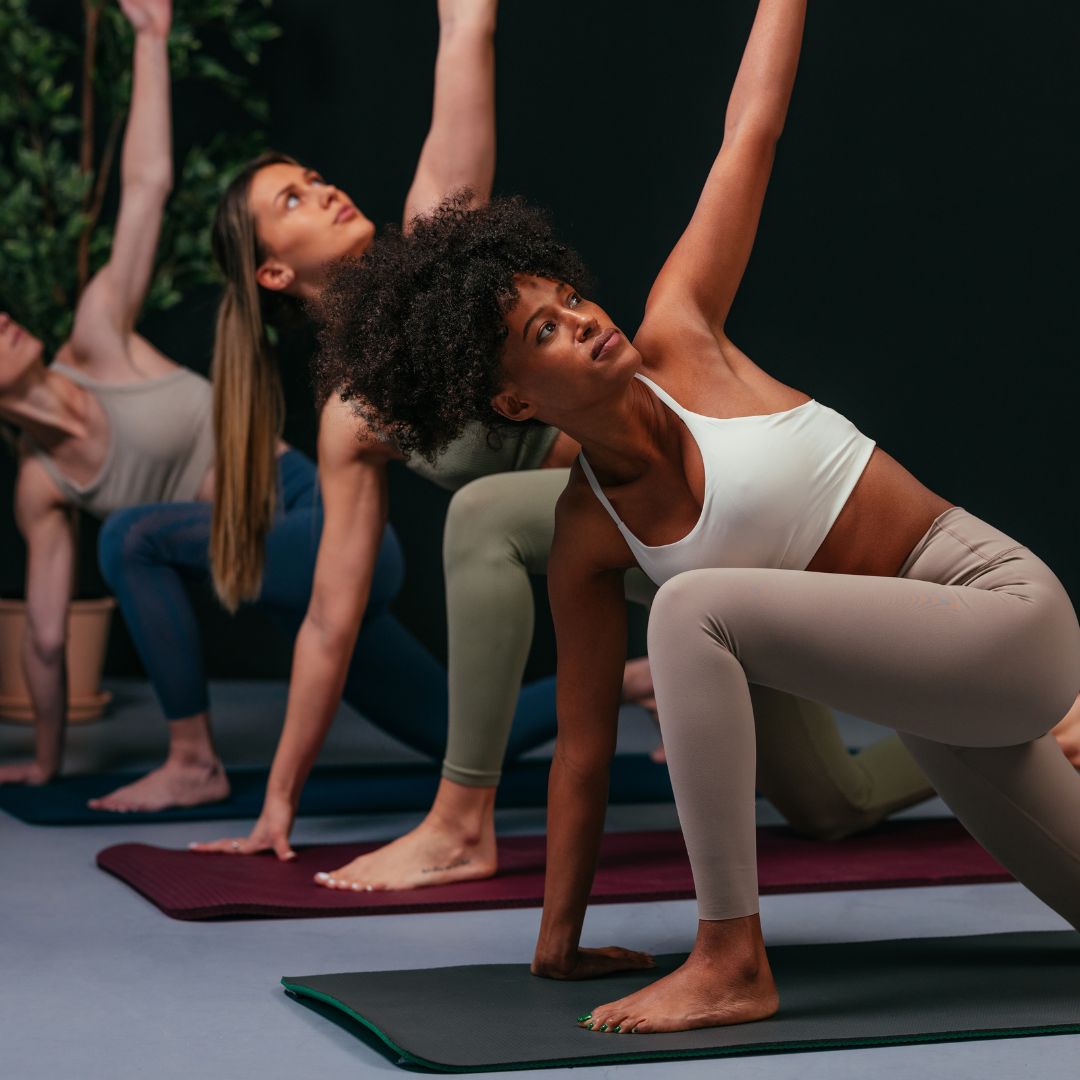 Classical Pilates is raved about worldwide as the most effective type of Pilates you can do - 8 exercises that instructors recommend
Classical Pilates is raved about worldwide as the most effective type of Pilates you can do - 8 exercises that instructors recommendTried, tested and trusted moves.
By Katie Sims
-
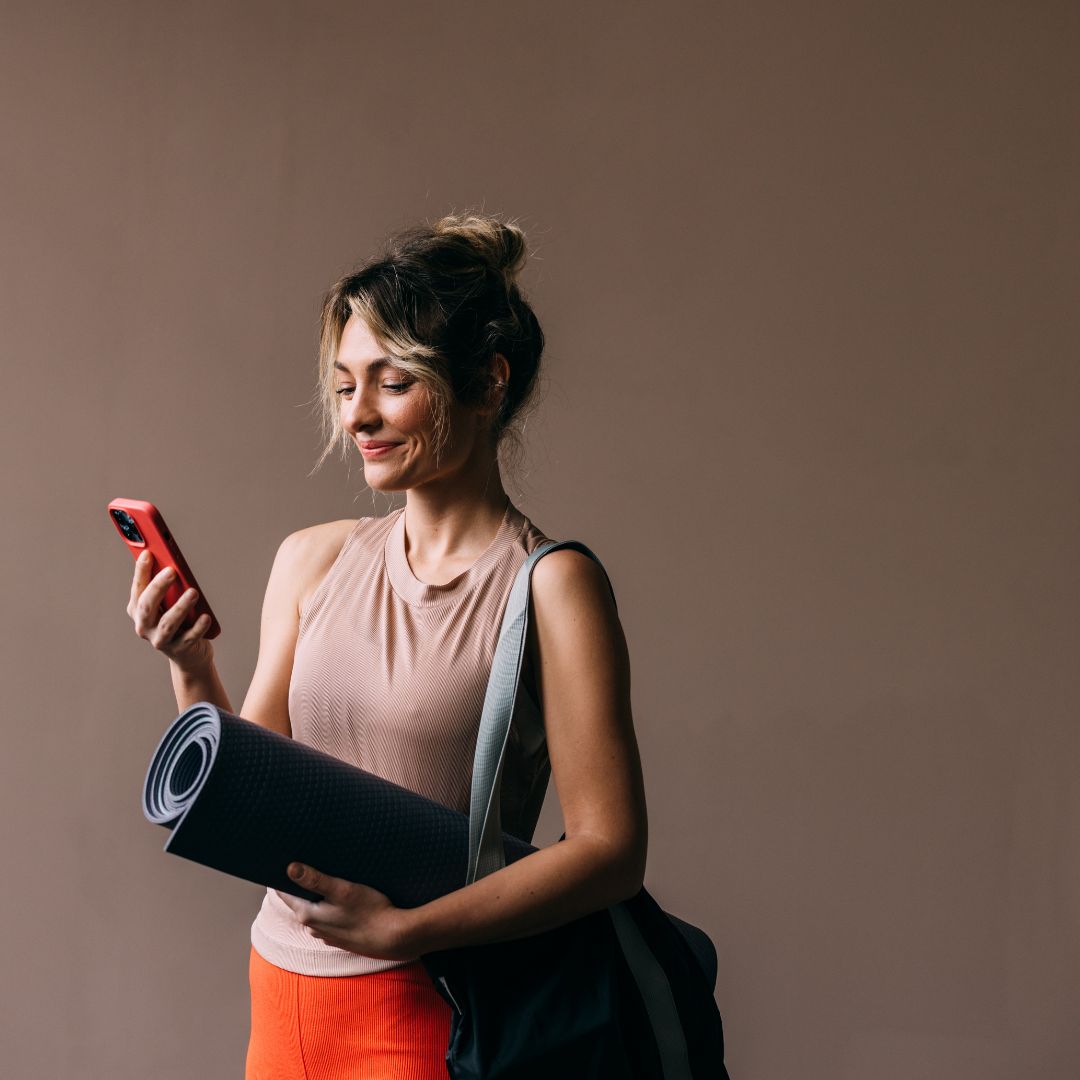 Fan of low-impact sessions? These are officially the 7 best Pilates apps for boosting strength, tone and mood
Fan of low-impact sessions? These are officially the 7 best Pilates apps for boosting strength, tone and moodYou can thank us later.
By Katie Sims